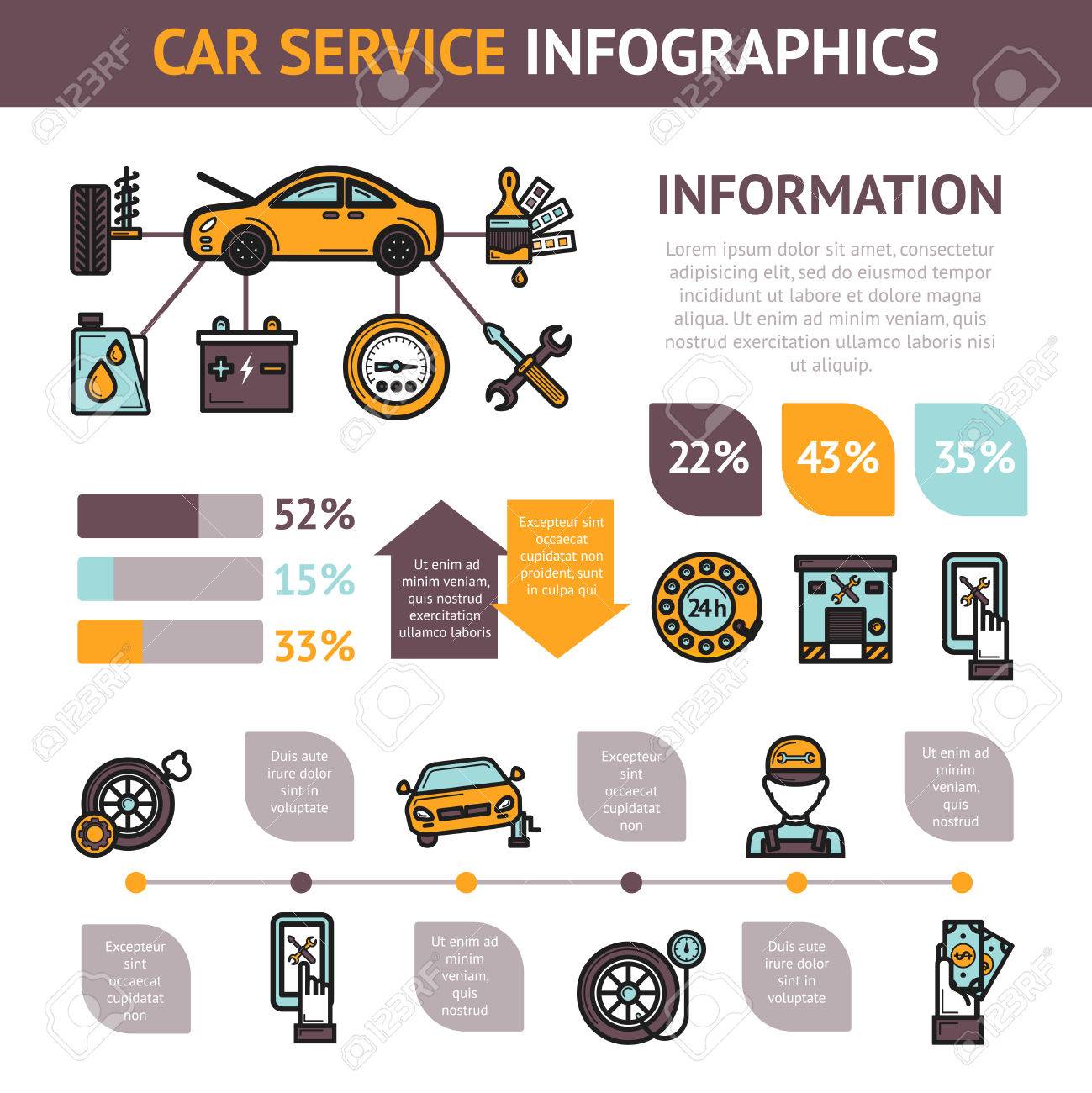Comprehending The Value Of Your Vehicle'S Warning Signals: What They In Fact Stand For
Comprehending The Value Of Your Vehicle'S Warning Signals: What They In Fact Stand For
Blog Article
Article By-Boye Shepherd
When you're behind the wheel, those glowing caution lights on your dashboard can be a bit complicated. Do https://ecutuningshopsnearme17394.blogvivi.com/32709995/exactly-how-can-mobile-automobile-outlining-transform-your-automobile-treatment-experience-while-guaranteeing-quality-discover-the-essential-variables-to-think-about-before-picking-a-detailer recognize what they're attempting to inform you concerning your car's wellness? Comprehending the relevance of these lights is crucial for your safety and security and the longevity of your vehicle. So, the following time one of those lights pops up, would not you intend to decipher its message properly and take the required actions to resolve it?
Common Warning Lighting and Interpretations
Recognize common warning lights in your automobile and recognize their meanings to make certain risk-free driving.
One of the most common caution lights include the check engine light, which indicates issues with the engine or discharges system. If this light begins, it's critical to have your vehicle checked immediately.
https://frontbrakesandrotors40627.webdesign96.com/32655416/just-how-mobile-auto-explaining-providers-can-conserve-you-time-and-money advising light shows reduced oil pressure, needing instant attention to avoid engine damage.
A flashing battery light may suggest a defective billing system, possibly leaving you stranded if not attended to.
The tire stress tracking system (TPMS) light informs you to reduced tire pressure, influencing vehicle stability and gas effectiveness. Overlooking this could bring about risky driving conditions.
The abdominal muscle light indicates a problem with the anti-lock stopping system, jeopardizing your capability to stop rapidly in emergency situations.
Finally, the coolant temperature cautioning light warns of engine getting too hot, which can result in severe damage if not solved swiftly.
Recognizing these typical warning lights will help you attend to concerns immediately and maintain safe driving conditions.
Importance of Prompt Attention
Understanding the usual caution lights in your vehicle is only the first step; the value of quickly resolving these warnings can't be emphasized sufficient to ensure your safety on the road.
When a warning light illuminates on your dashboard, it's your automobile's means of communicating a possible issue that requires focus. Disregarding these cautions can lead to extra serious problems down the road, jeopardizing your safety and potentially costing you extra out of commission.
Prompt attention to advising lights can avoid breakdowns and accidents. As an example, a blinking check engine light might indicate a misfire that, if left neglected, could create damages to the catalytic converter. Addressing this without delay can save you from a pricey repair work.
In a similar way, a brake system cautioning light might indicate low brake fluid or used brake pads, crucial elements for your safety and security when driving.
DIY Troubleshooting Tips
If you see a warning light on your dashboard, there are a few DIY troubleshooting suggestions you can try prior to looking for expert aid.
The very first step is to consult your vehicle's handbook to comprehend what the details warning light indicates. In some cases the concern can be as straightforward as a loose gas cap activating the check engine light. Tightening up the gas cap might resolve the issue.
An additional usual concern is a reduced battery, which can set off numerous cautioning lights. Examining the battery connections for deterioration and guaranteeing they're protected may deal with the trouble.
If a warning light continues, you can try resetting it by separating the auto's battery for a few mins and afterwards reconnecting it. In addition, checking your vehicle's liquid levels, such as oil, coolant, and brake fluid, can aid troubleshoot warning lights associated with these systems.
Conclusion
Finally, comprehending your automobile's caution lights is vital for keeping your lorry running smoothly and securely. By promptly dealing with car cut and polish near me and knowing what they indicate, you can stay clear of costly repair work and prospective breakdowns.
Bear in mind to consult your car's manual for particular information on each advising light and take action as necessary to make certain a hassle-free driving experience.
Remain informed, stay safe when traveling!
